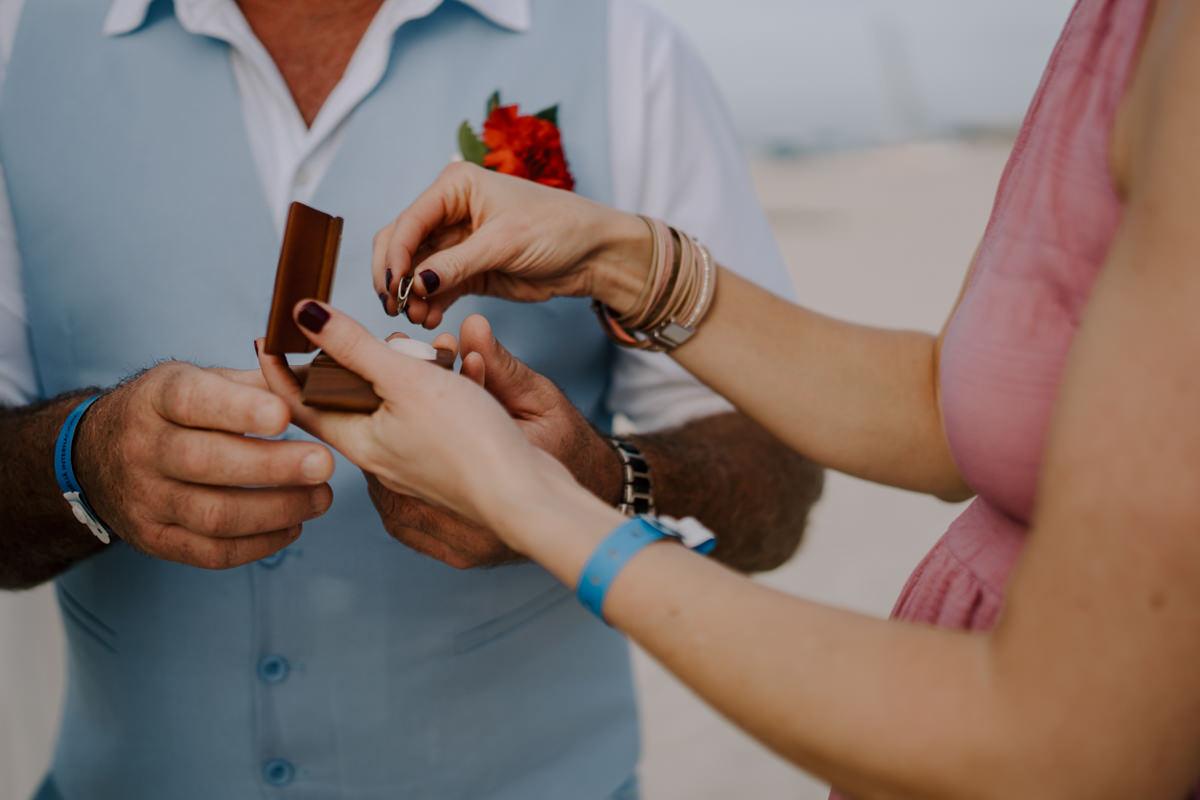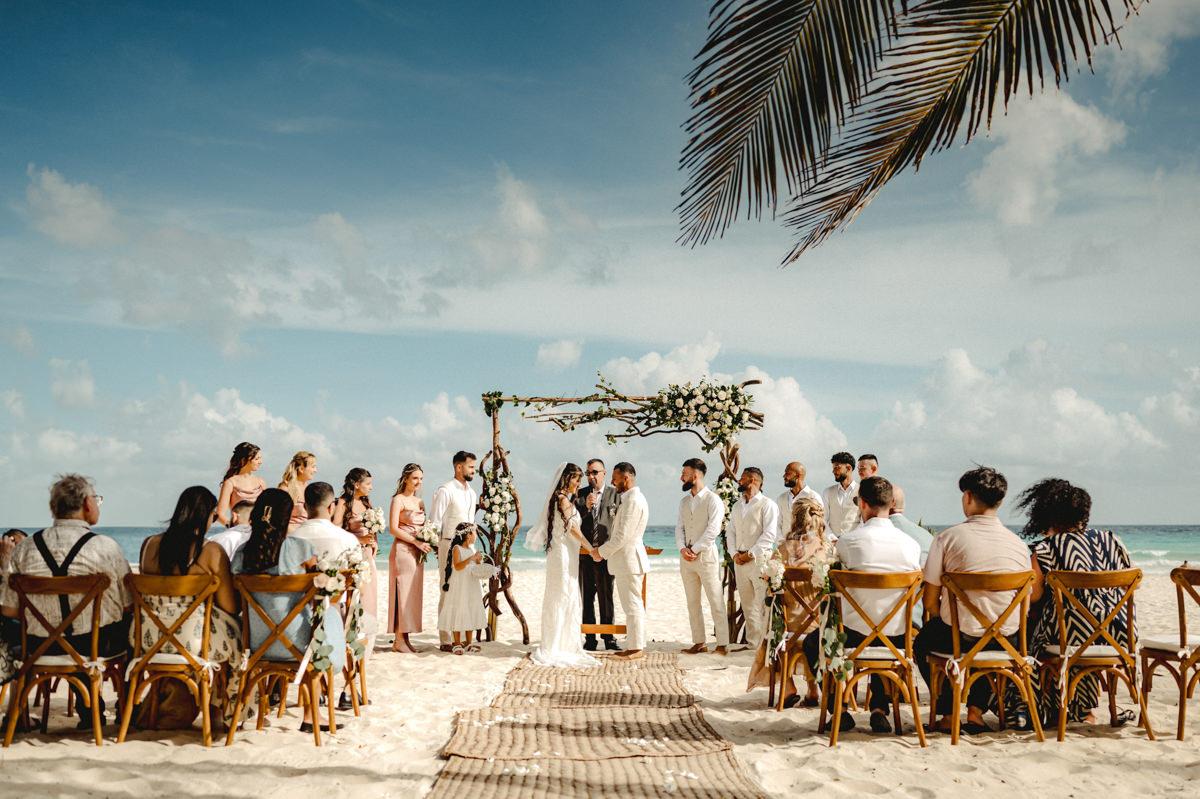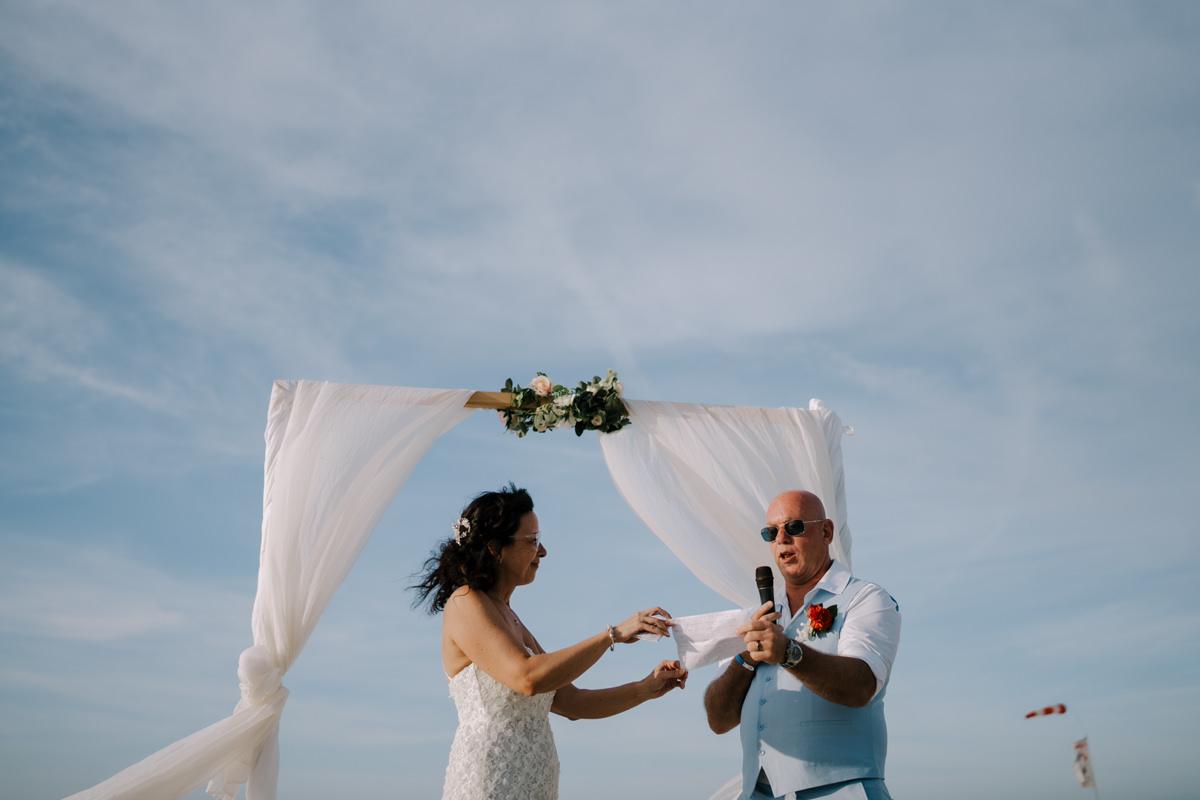Everything you need to know about making your destination wedding official—from legal paperwork to local requirements.
Planning a destination wedding is exciting—but before you picture palm trees and sunset vows, there’s one crucial detail you can’t afford to overlook: making it legal.
Getting married abroad as a Canadian isn’t as simple as booking a flight and saying “I do.” Every country has its own laws, required documents, and timelines. This guide will walk you through the legal steps, international requirements, and best practices so your marriage is valid—both where you say your vows and back home in Canada.

Step 1: Understand the Legal Requirements of the Destination Country
Every country has its own marriage laws. Some require a minimum stay before the ceremony; others require documents to be translated, notarized, or legalized.
Common requirements include:
- Valid passports
- Birth certificates
- Affidavit of single status (statutory declaration)
- Certificate of no impediment to marriage (not issued in Canada, but sometimes requested)
- Divorce or death certificates (if previously married)
- Parental consent (if under 18)
- Blood tests (required in some countries)
Examples by destination:
- Mexico: Tourist card, marriage application, blood tests, and translated documents. A civil ceremony is required for legal validity.
- Dominican Republic: Translated birth certificates and affidavits of single status, both legalized by the Dominican consulate.
- Jamaica: Minimum 24-hour residency, certified birth certificates, and proof of divorce if applicable.
- France or Italy: May require residency unless you're doing a symbolic ceremony.
Pro Tip: Always check the official embassy or consulate website of your wedding destination. Requirements can vary by region and change frequently.
Step 2: Gather and Legalize Your Documents
Once you know the requirements, gather and prepare your documents. In many cases, your Canadian paperwork must be:
- Notarized by a lawyer or notary public
- Authenticated by Global Affairs Canada
- Legalized by the foreign embassy or consulate of your destination country
This process can take weeks. If you're working with a destination wedding planner, ask if they provide document assistance—some do, or can recommend a local legal expert.

Step 3: Legal vs. Symbolic Ceremony — What’s Best?
If the legal requirements feel overwhelming, many Canadian couples marry legally in Canada first and host a symbolic ceremony abroad.
This gives you:
- A legal Canadian marriage certificate
- A destination celebration that looks and feels like the real thing
- Freedom from embassy appointments, document deadlines, and translation fees
Your guests will see vows, rings, and a full wedding day—they don’t need to know it’s not the legal ceremony.
Step 4: Registering Your Marriage in Canada
If you go through with a legal marriage abroad, you do not need to re-register your marriage in Canada. But you should request several official marriage certificates from the country where you wed. These are necessary if you plan to:
- Change your name
- Update your health insurance, benefits, or banking records
- File joint taxes
Marriage laws differ by province, but Canada will recognize your marriage if it was legal in the country where it took place.
Learn more:

Step 5: Keep Copies and Backups
Before you leave Canada:
- Make two sets of photocopies of all documents
- Leave one set with a family member
- Carry all originals in your carry-on, never your checked baggage
If you're working with a Canadian wedding photographer, let them know if the ceremony is legal or symbolic—this helps them organize timeline coverage and legal moments.
Related: Why You Should Bring Your Canadian Wedding Photographer

Final Tips for a Stress-Free Legal Wedding Abroad
- Contact the embassy or consulate of your destination at least 4–6 months ahead
- Work with a Canadian destination planner familiar with that region’s laws
- Be cautious with online forums—always confirm with official sources
- Ask your resort or venue if the wedding will be legal or symbolic, and confirm the difference in writing